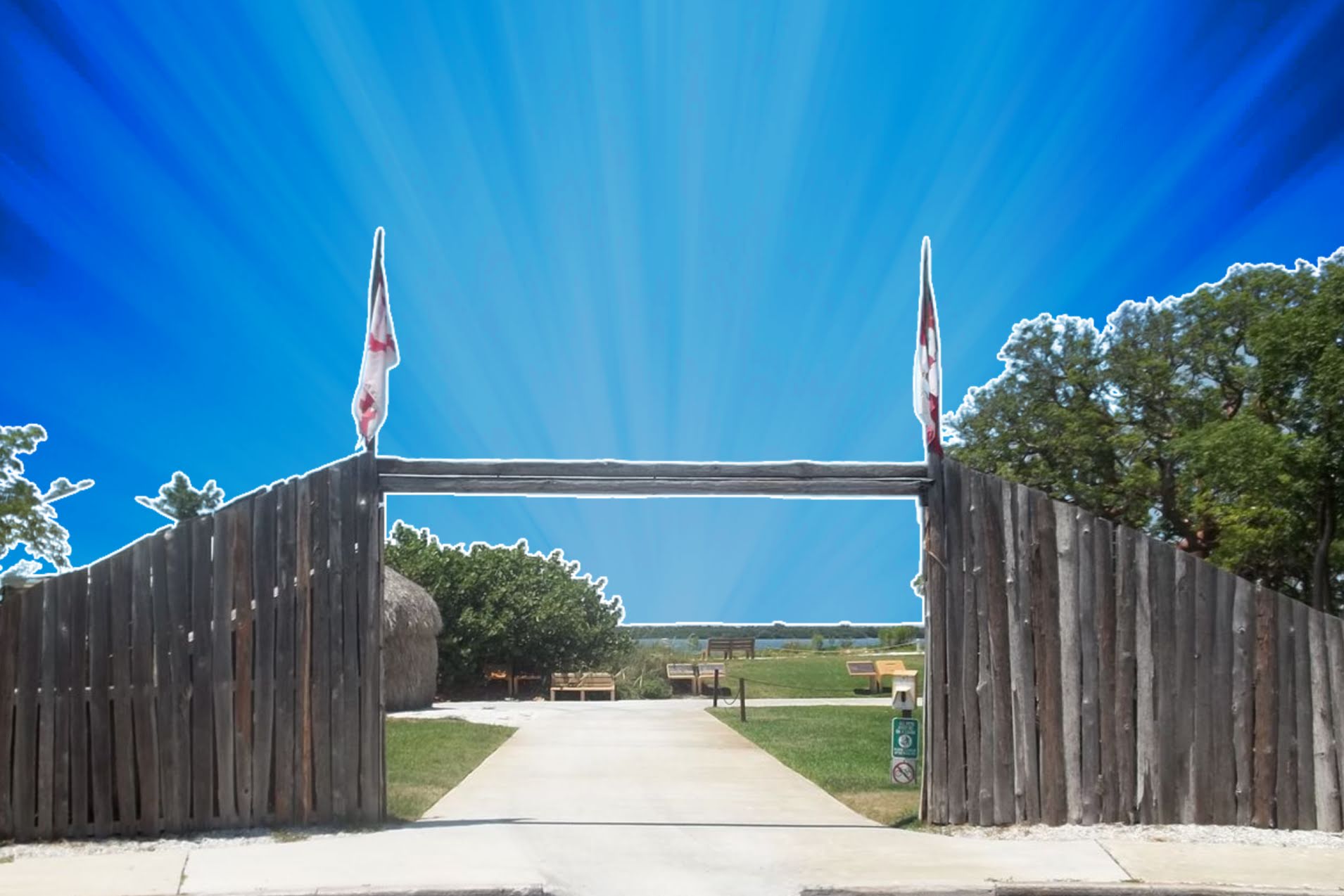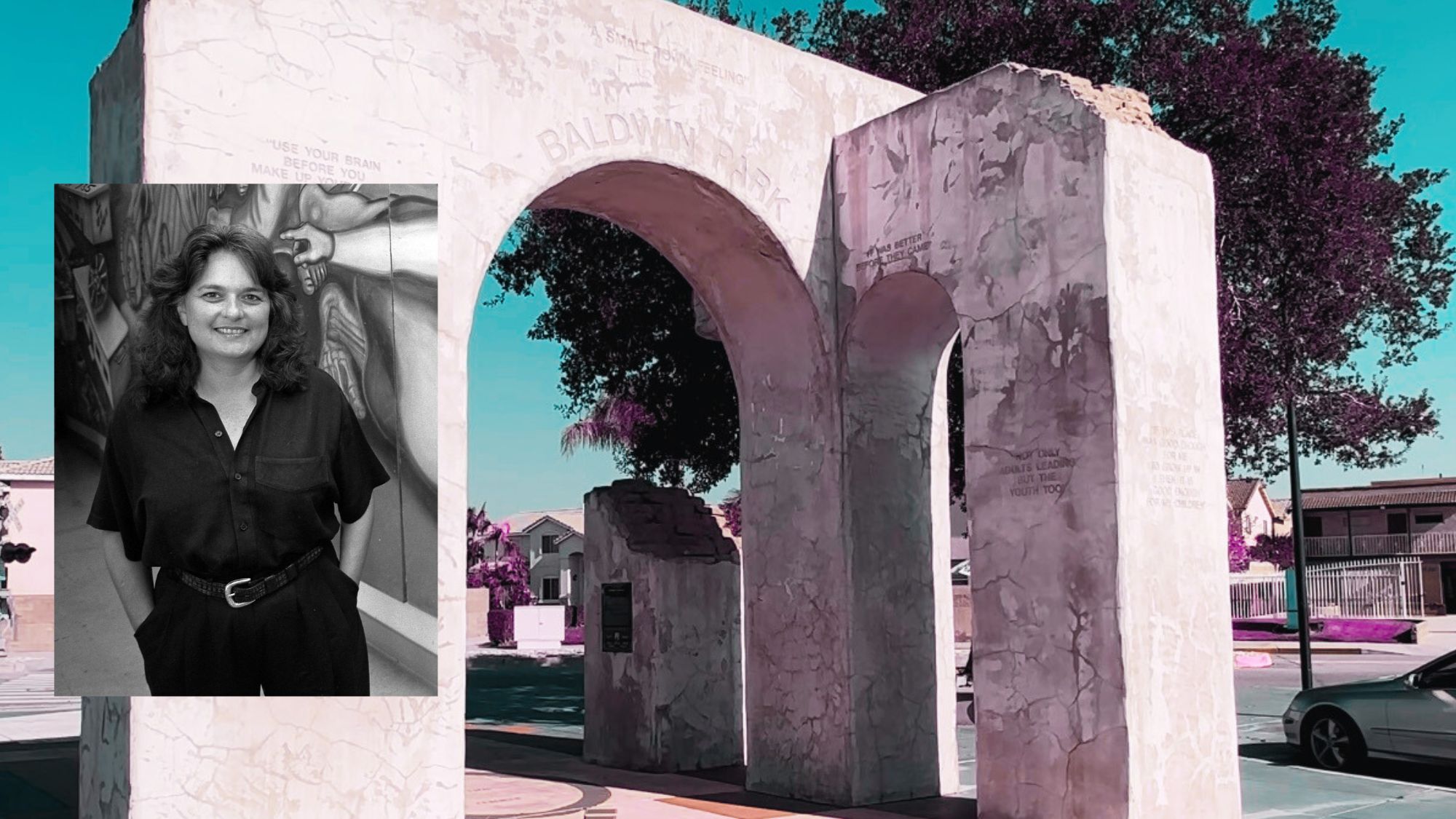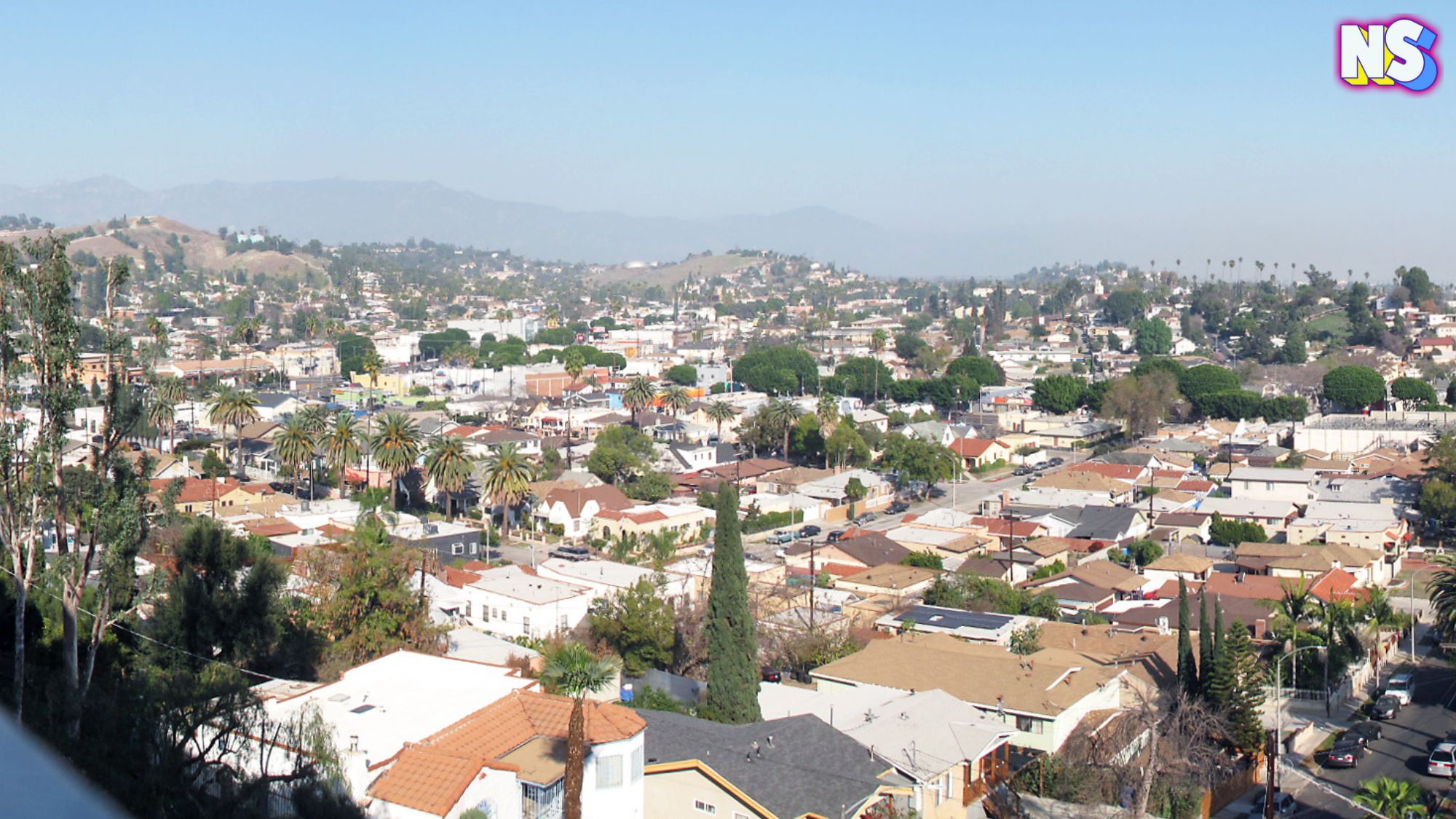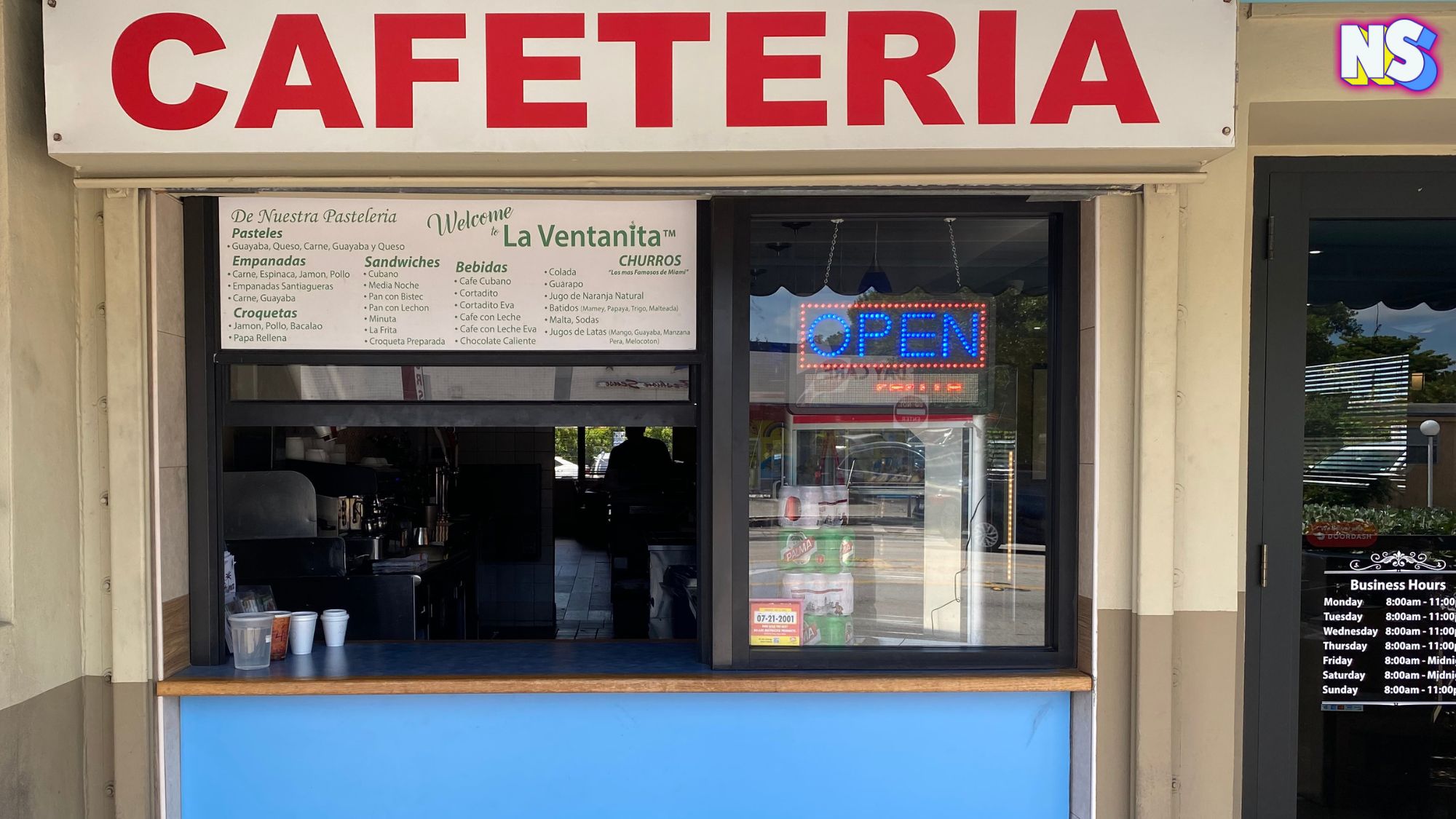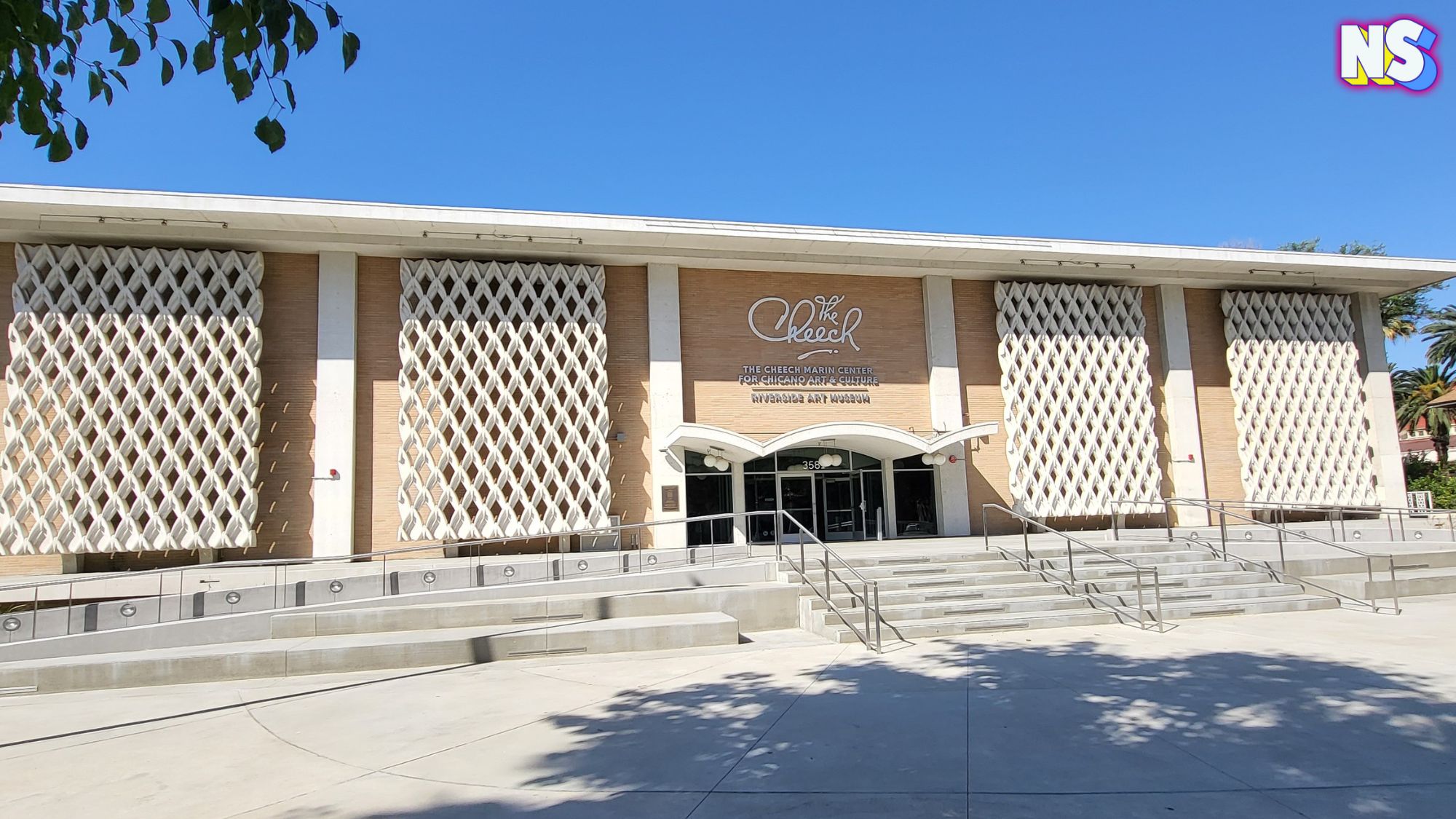Image courtesy of Nuestro Stories.
It was during the invasion of the Inca Empire that Hernando de Soto first set foot in America in the early 1500s.
Officially landing on the Inca’s soil in 1528, the Inca empire fought off the looming threat of genocide and colonization for nearly 40 years before the Spanish could wrest control from them.
Though De Soto played a role in the expedition that inevitably led to the murder of the established Inca culture, he left before the empire fell and made his way to North America.
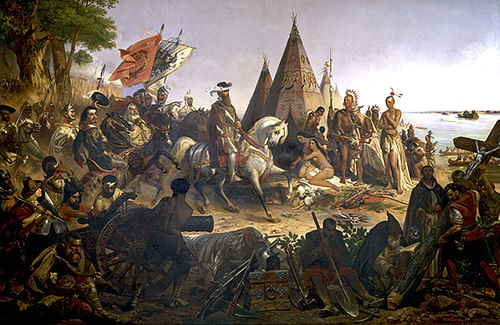
There, De Soto became known as the “first European to discover the Mississippi River” – and while you may be wondering how one discovers something that people already knew existed, we’ve learned not to try to make sense of the conquistador worship.
Before making his way to America, however, De Soto had to return to his homeland of Spain.
Due to the overall success of the Inca expedition, De Soto made his way back to hold court with the emperor of Spain to request, as payment for his part in the Spanish success, to be appointed governor of Quito.
While the emperor did not grant his request, he did make De Soto a deal. He would be given the governorship of Cuba if he could conquer Florida. After agreeing, De Soto and a crew made their way back to the Americas, landing in what is now known as Tampa.
De Soto encountered tribes who held gold and jewels in high regard in his past conquests, meaning there was more to pillage and plunder. When he landed in Florida, De Soto was anticipating much of the same — yet when he encountered the Indigenous of the land, he found that what these tribes revered and had access to was a wealth of agricultural knowledge, which was of no value to De Soto.
Unhappy with these results and convinced that he would find gold further on, De Soto and his men continued to move north, destroying tribes and capturing and enslaving men and women along the way.
In his wake, he left destruction and violence.
As conquistadors continued to move forward, they began encountering something else they were unprepared for: disease.
De Soto lost half of his group between the sicknesses and the battles from the tribes he encountered. His greed continued his determination, and he pushed forward, making it to the Mississippi River before he died of the same fever that took so many of his crew. He was buried in the river.
In 1948, the National Park Service acquired 30 acres of land, among which was a field the US De Soto Expedition Commission declared in 1939 was the official landing point of the De Soto group.
Things to know before you go:
- The De Soto Memorial is located on 75th St. NW in Bradenton, Florida.
- The visitor center offers free admission to the memorial and is open daily from 9 am to 5 pm.
- Visitors can view armor, weapons, and additional period items that De Soto and his crew would have carried during their expedition.
Address: 8300 Desoto Memorial Hwy, Bradenton, FL 34209, United States.
Location: Florida, United States.
Visit the Soto Memorial here.

